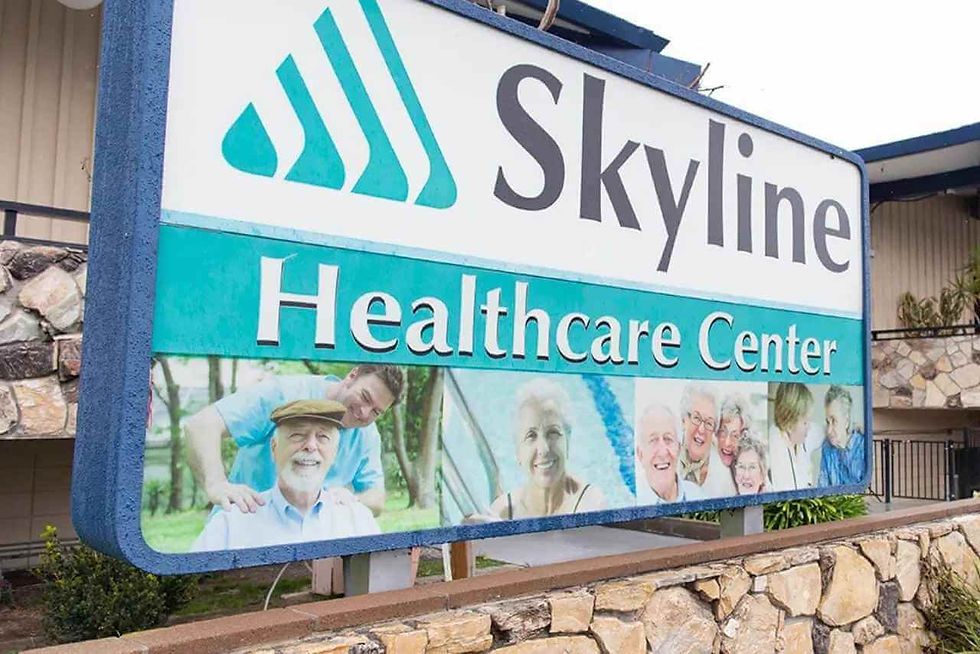New Facility Assessments in Nursing Homes: Mixed Reactions
- Md. Parvez
- Aug 18, 2024
- 2 min read

The new facility assessments for nursing homes, practical on Thursday, have garnered varied responses from nursing home operators. While some see them as a valuable tool for enhancing communication and improving staffing strategies, others criticize the assessments as costly and redundant.
These updated facility assessments, mandated by the Centers for Medicare & Medicaid Services (CMS), are the first step in a broader federal staffing mandate. They aim to ensure that nursing homes are better equipped to meet the evolving needs of their residents.
Quantifying the Extra Effort
The revised facility assessments, although continuing an existing annual requirement, have introduced significant administrative burdens for some operators.
DeeAndra Sandgren, Chief Clinical Officer at The Evangelical Lutheran Good Samaritan Society, expressed concerns about the additional workload. “We have invested significant time and resources,” Sandgren said. “Our teams have spent over 1,400 hours updating facility assessment reports to align with the new standards. That’s 175 eight-hour workdays.”
Despite thorough preparation, Sandgren noted that some requirements must be more specific and varied. She specifically mentioned the new behavioral health component, which she views as duplicative of existing rules in the State Operations Manual (SOM).
Positive Early Impressions
On the other hand, some nursing home operators have found the facility assessments unexpectedly beneficial.
Roxy Stennett, Chief Operating Officer at Avamere Living, shared her positive experience with the assessments. “As far as transparency, [facility assessment] offers better communication about how we’re staffing, how we work to meet resident needs, and how we partner with families and staff,” Stennett said. “It is keeping everybody on the same page.”
For Avamere, the assessments have prompted adjustments in staffing based on patient acuity and needs, which Stennett sees as a positive development.
A Tool for Self-Reflection and Improvement
Steve Nee, CEO of Diversicare Healthcare Services, reported a positive experience with the updated facility assessments. Diversicare, which operates more than 75 nursing homes and assisted-living centers, has used the assessments as an opportunity for self-reflection and improvement.
“We finished our assessments about two weeks ago and have already put together plans to meet the mandate’s requirements if and when they fully take effect,” Nee said. He noted that the assessments allowed Diversicare to factor in emergency preparedness and resident feedback, providing a holistic approach to meeting patient needs.
Navigating the Challenges
Despite the benefits reported by some, the updated facility assessments have been challenging. Smaller SNF operations, in particular, may find the process demanding, especially when balancing new requirements with other operational pressures.
Sandgren emphasized the administrative burden that the assessments have introduced, diverting attention from the core task of caring for residents. “At the end of the day, this takes us away from our most important work: caring for residents,” she said.
Conclusion
The new facility assessments for nursing homes are a mixed bag, with some operators finding value in the process and others feeling the strain of added administrative tasks. As the first step in a broader federal staffing mandate, these assessments will likely play a crucial role in shaping the future of nursing home operations. Whether they will ultimately lead to improved care remains to be seen, but the reactions are as diverse as the facilities.



Comments